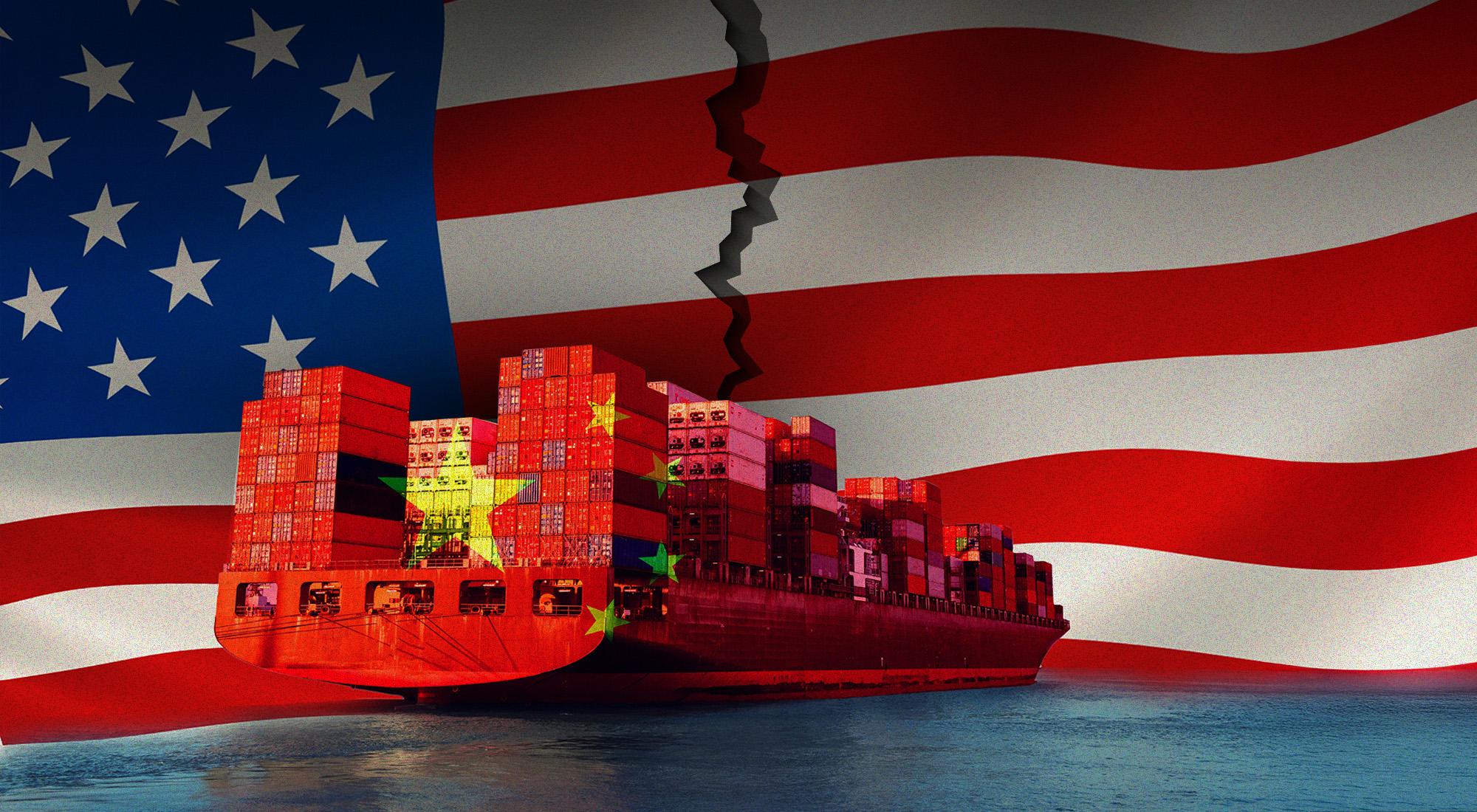##
Eastern North Carolina’s landscape unfurls in an expanse of verdant soybean, corn, and peanut fields—patchworked with Baptist chapels and Victorian houses that only reveal their vintage under the first blush of sunrise. It is here, in these agricultural counties (many painted radiant red on the electoral map), that the fallout from ongoing US-China trade hostilities strikes closest to home. Tariffs targeting American farm exports, notably soybeans bound for Chinese ports, have instigated both palpable anxiety and unbending loyalty among local farmers.
Donald Trump’s trade maneuverings with Beijing did not go unnoticed; they struck swiftly at market confidence. john Fleming—a fifth-generation farmer from Halifax County—watched commodity prices flicker downward like wounded fireflies after new tariffs were announced barely a week after Trump’s so-called “Liberation Day.” While he sipped tepid coffee from a faded thermos, cotton futures slid under break-even thresholds; soybeans (his fallback) fared little better. to plant? Or not? Fleming wavered yet withheld his vote choice around outsiders—stories circulated about MAGA hats inviting vandalism just as Tesla cars sometimes do.
despite this wariness, almost 80% of agricultural counties aligned behind trump in 2024 balloting. The same fields now suffering turbulent markets had stood by him by wide margins before—and many producers still describe mounting difficulties as transient discomfort before anticipated strategic rewards bloom fully down the road. Even when yields shrank or input prices spiraled unpredictably upward due to tariff-driven cost pressures, faith remained that long-term prosperity could emerge from short-term distress.
How does this reasoning square with sellers’ actual receipts? In prior years accompanied by escalating tariffs on US farm products—including a steep blow to soybeans—the national industry lost close to $30 billion in exports on an annualized basis at its peak impact. The most recent escalation threatens another $12.8 billion worth of US soybean shipments earmarked for China alone; North Carolina is deeply woven into that equation given its role as America’s fifth-largest exporter to China overall.
Market volatility has fomented uncertainty inside farm offices brimming with seed catalogs and weather reports printed last season but already obsolete today because global commerce refuses stillness for any calendar page or tradition-bound schedule. Overnight price swings can mean operations no longer pencil out—so some refrain from planting conventional crops altogether this spring while hoping other values will resurge soon enough.
And yet there persists not only stoicism but also selective optimism among growers interviewed along rural crossroads stretching eastward toward Roanoke Rapids or south near goldsboro’s loam-rich tracts: “It hurts—I can’t deny it,” said Fleming candidly during one memorable interview—but he quickly added something else too: “I hope it’s gonna be a short-term pain for a long-term gain.”
This sentiment echoes up thru various levels: Republican lawmakers have similarly posited that patience will be rewarded—that economic pain denotes progress towards reasserting American leverage within international agriculture markets dominated until recently by low-cost export relationships favoring Chinese buyers above all others. Ultraloyal Fox News editorialists deliver daily reminders about pride and perseverance even if unsought hardships linger longer than anyone initially supposed they might.
Yet what sometimes escapes neat summary is how resourceful those affected become when cornered by global macroeconomics beyond local remedy: Some diversify into specialty beans or niche grains aimed at domestic processors less rattled by shipping tariffs; others seek insurance programs bolstered hurriedly several seasons prior when Congress acknowledged excruciating stress spreading throughout rural heartlands—the government offering partial compensation for sudden loss of overseas demand simply couldn’t replace robust market access itself though definitely.
The phrase *long term* assumes nearly mystical resonance across grain silos these days—even though no consensus exists about exactly how much duration counts as temporary adversity versus chronic ailment afflicting what was formerly described without hesitation as “the breadbasket.” For every old-timer resigning himself to altered crop rotations or idled acreage there are younger managers who experiment restlessly—with cover crops reclaimed lands waiting out next year anxious lest geopolitics swoop again mid-harvest unexpectedly reversing windfalls achieved months before.
Curiously enough (if somewhat inadvertently), some say that decreased reliance on foreign purchasers like China would strengthen resilience amongst farming communities—but overlook how rapid disappearance of such buyers could decimate operating capital overnight—a classic illustration perhaps of trading vulnerabilities without guaranteeing substitute opportunity appears promptly thereafter except in theory more than seen practice anyway which confounds perfectly consistent narratives you might expect or else worded differently maybe if typed more deliberately too.
Mixed amid trepidation runs persistent civic pride—faith both stubbornly shared and occasionally questioned within communities loving their land enough [though] they’re willing simultaneously endure hardship while voting steadfast support for a strategy stingier urbanites would dismiss summarily were positions reversed even briefly thus illuminating real difference geography makes policy digestion countrywide truth told honestly anywhere you listen closely beyond headlines alone actually matter plenty hereabouts no matter current marketing sheet reads positive balance expected quarter coming soon next planting season cannot arrive fast enough according neighbors driving battered combines backroads stretching horizonless far east away city lights unseen always returning dusk anyway assuredly odd times still familiar rhythms persist resilient if frayed beneath surface tension unresolved indefinitely so far anyway.<|endoftext|>









